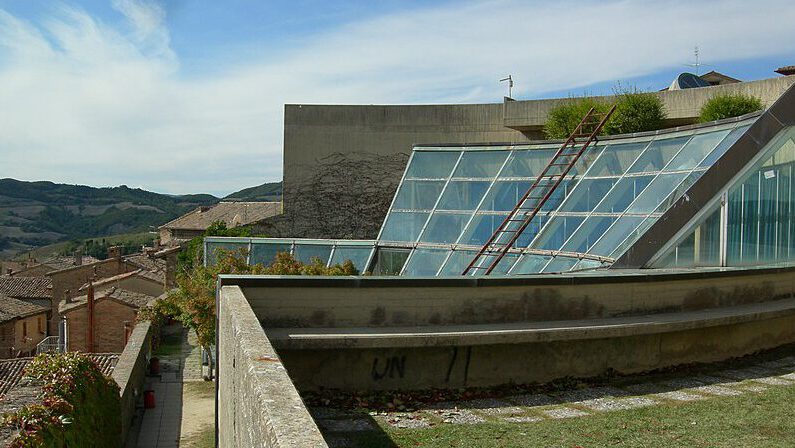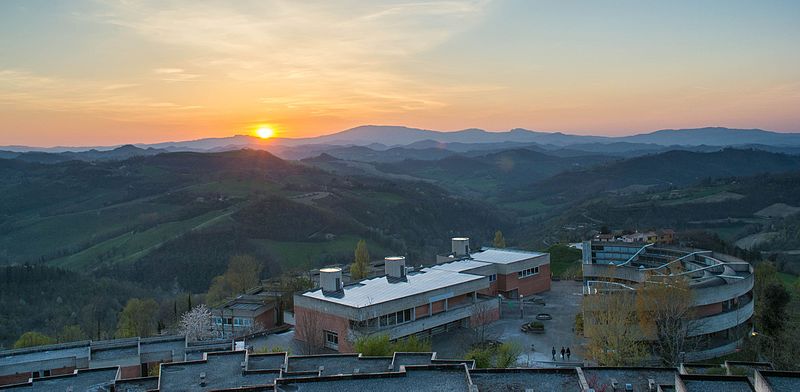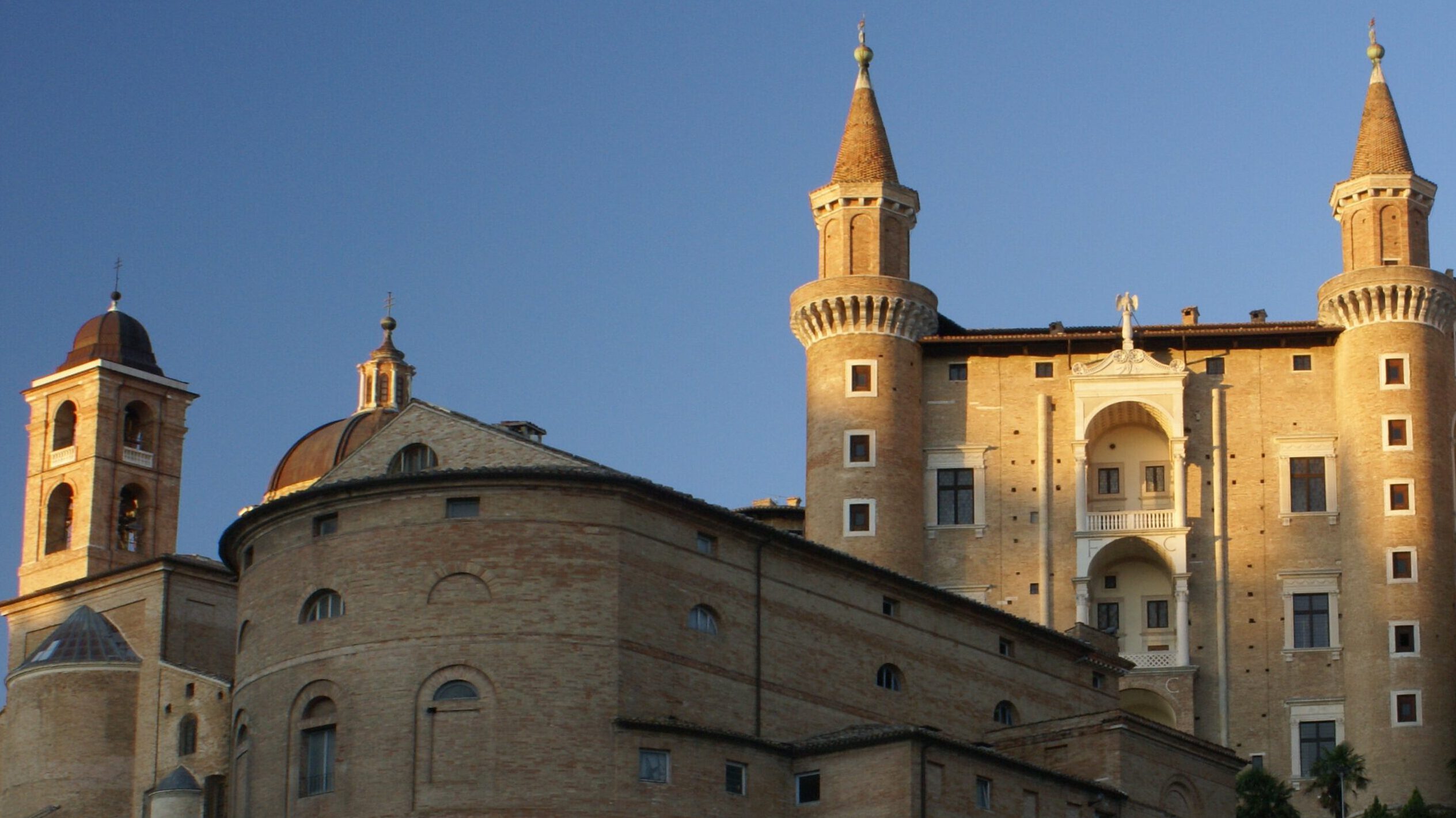“a palace that instead of rising within a city’s walls contains within its own walls a city can only be Urbino”
(Italo Calvino, Invisible Cities, Translated from the Italian by William Weaver, Orlando (FL): Harcourt Brace & Co)



Located in Central Italy, the hill town of Urbino, a Renaissance jewel, earned its place on the UNESCO World Heritage List in 1998. It is renowned in particular for the Ducal Palace – today seat of the National Gallery of the Marches – hosting famous paintings like “The Ideal City”. The picturesque walled town was home of the Court of the Duke Federico, and of a rich creative environment: Urbino is world famous as hometown to the painter Raphael. The University, founded in 1506, is today named after ist record-breaking former rector, the literary critic Carlo Bo (in office for 53 years!): enrolled students equal the residents of the town (14,000); the Department of Economy, Society, and Politics, with MAs and BAs in Sociology, Social Work, Management, Economics, Political Science, and a PhD Programme in Global Studies – legacy of half‐a‐century tradition of social studies. Most university buildings are located in the very historic centre of the town, with an original mix of ancient and contemporary architecture, thanks to the lifelong work of the Italian planner and architect Giancarlo De Carlo.